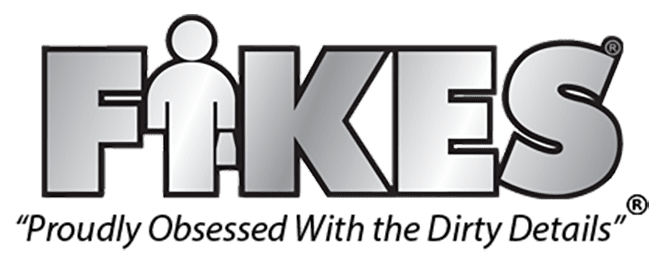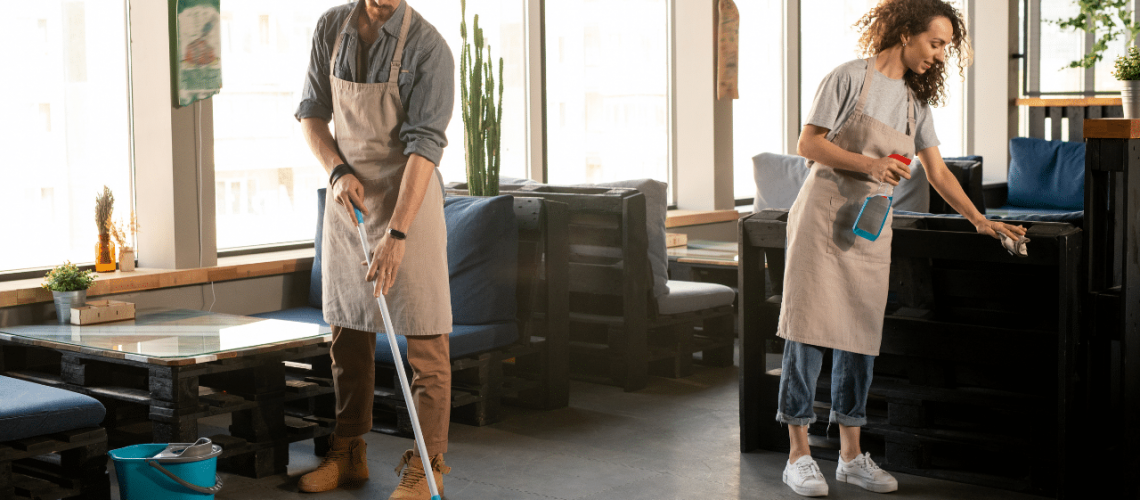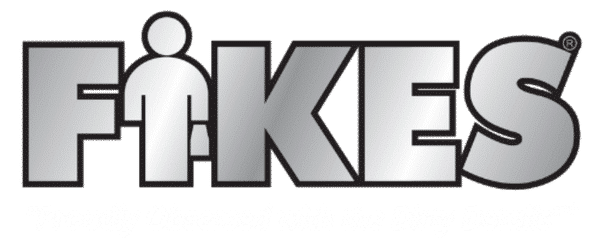By: Allison Bell, Fikes
Understanding the connection between pest control and sanitation
To understand why sanitation is necessary for a pest control program to be successful, it’s important to have some foundational knowledge of what attracts pest to an area.
Pests are opportunistic in nature. They seek out environments with easy access to food, water, shelter and breeding grounds. Inadequate sanitation in a space is a lot like putting a sign out front that says, “We have everything pests need! Come on in!”. And come on in they will.
In this blog post, we’ll highlight the main areas where sanitation is critical to controlling pest activity and share how sanitation can be implemented into a long-term pest control management program.
Preventing pest entry
Dealing with an active pest issue can be overwhelming, especially when trying to figure out where to start.
The first line of defense is to check for and seal any entry points that pests are using to enter a building. Areas to consider when sealing entry points include:
- Doors – Repair or replace torn door screens, weather stripping and door sweeps
- Windows – Repair or replace torn window screens and weather stripping
- Vents – Repair or replace broken or missing vent covers
- Pipes – Repair or replace broken pipes and seal any gaps
- Cracks – Caulk all cracks, crevices and gaps throughout a building
Utilizing rodent bait stations and fly light traps on a building’s exterior is another effective method for keeping pests out. This allows pests to be trapped and eliminated before even making it into a facility.
Eliminating food sources
As we mentioned earlier, one of the main reasons pests find their way into buildings is to search for food. The more accessible food is to pests in a facility, the more likely they are to find their way in.
When it comes to food, proper sanitation involves storing food in sealed containers, promptly cleaning spills and crumbs, and regularly emptying trash cans.
These approaches will encourage pests to look for food elsewhere, as well as reduce the risk of foodborne illnesses caused by contamination from pests such as flies, rodents and cockroaches.
Minimizing water accumulation
Water is just as much of a necessity to pests as food, and even small amounts of accumulated water can sustain them for extended periods of time.
Some of the biggest nuisances in the pest world, such as cockroaches, mosquitoes, silverfish and rodents, are attracted to water and damp environments and can quickly become an issue once they’ve infiltrated a space.
Addressing moisture issues and promptly fixing leaks that occur eliminates potential breeding sites for mosquitoes, damp environments for cockroaches and silverfish, and standing water for rodents.
Well-maintained plumbing, clean gutters, and proper drainage systems also help minimize water accumulation and reduce the attractiveness of our surroundings to pests.
Discouraging pest reproduction
Pests reproduce at an alarming rate. Female rodents can have up to 10 litters per year. Cockroaches have an average lifespan of one year, and females can produce anywhere between 200 to 300 offspring in their short lifetime. Fruit flies have a lifespan of 40 to 50 days, and one female fruit fly can lay as many as 500 eggs in that time. The list goes on.
Because pests reproduce so quickly, disrupting their breeding cycles is essential for controlling the population. Good sanitation plays a vital role in achieving this.
Regularly cleaning and disinfecting areas where pests are likely to breed, such as garbage areas, pet waste zones, and hidden corners, significantly reduces their ability to multiply.
Long-term pest control and sanitation with Fikes
For pest control measures to be effective in the long term, proper sanitation practices need to be integrated as part of a comprehensive pest management plan.
Staying on top of a rigorous pest control and sanitation program can be daunting, especially for businesses that may be struggling with in-house resources.
Most businesses dealing with an active pest control issue will bring in a pest control company with the intention of handling sanitation in house. However, if resources are lacking, it can be difficult for employees to complete the high-level sanitation tasks needed, and companies who only specialize in pest control will continue to direct businesses to improve their sanitation practices to help decrease pest activity. This creates a cycle of pest treatments being completed with little to no positive results.
The solution? Partnering with a company like Fikes that specializes in pest control, sanitation and deep cleaning and can manage a comprehensive pest management plan for you.
Contact Fikes Pest Control today to learn more about our pest control and sanitation program bundles and receive a custom quote for your business!




